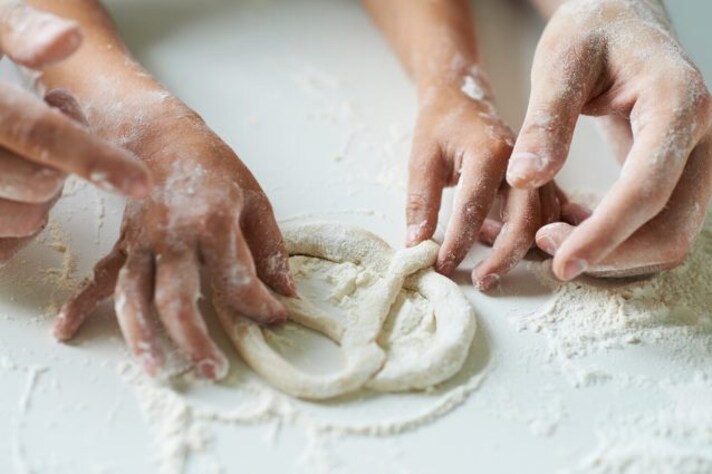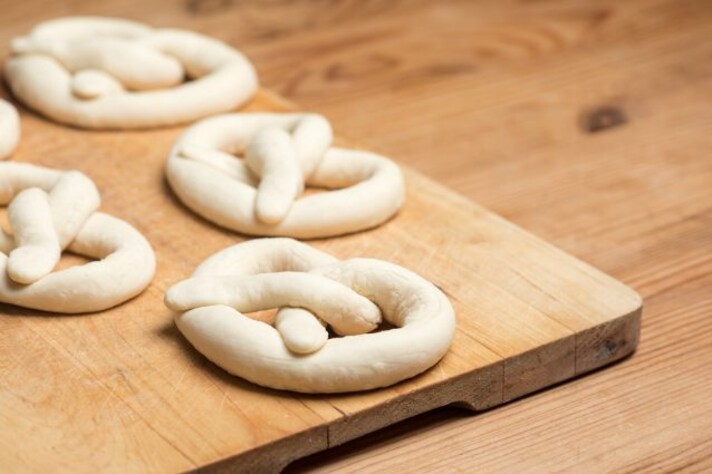The Reason Why You Should Never Forget to Punch Homemade Pretzel’s Dough
Punching pretzel dough may seem like an unnecessary step, but it’s crucial for achieving the perfect texture. By redistributing air bubbles, strengthening the dough’s gluten network, and allowing the dough to rise evenly, this technique ensures your pretzels are light, chewy, and hold their shape. Don’t skip this step if you want pretzel perfection!

When it comes to making pretzels, there are a few key steps that make all the difference. You’ve probably heard of kneading dough, but what about punching it? While it may seem like an extra, unnecessary step, punching pretzel dough is actually a crucial part of the process. Skipping this step can result in dense, tough pretzels—definitely not the soft, chewy texture you’re hoping for. Punching dough isn’t just a quirky baking tradition; it’s a vital technique for getting that perfect pretzel.
Why Punching is Key to Pretzel Dough
So, why exactly should you punch your pretzel dough? The primary reason is to release excess air bubbles trapped inside during the rising process. As yeast ferments, it creates bubbles that make the dough rise, but without punching the dough, these bubbles could remain unevenly distributed. Punching the dough after it has risen helps redistribute the yeast and the air, leading to a more even texture and a fluffier final product. This step not only ensures that your pretzel dough is smooth but also allows for better structure when it bakes, resulting in that iconic chewy bite.

Strengthening the Gluten Network
Pretzel dough is unique in that it requires a robust gluten structure to hold up during the boiling process, which is a signature step in creating pretzels. When you punch the dough, you’re actually strengthening its gluten network. By doing so, you’re ensuring that the dough has the elasticity and strength needed to withstand the boiling water before baking. Without this step, you might end up with pretzels that don’t hold their shape or break apart too easily, losing that satisfying texture in the process.
A Quick Reset for the Dough
In some ways, punching the dough is like giving it a little reset. After the dough has risen, it’s like a balloon ready to burst with air. Punching it allows the dough to relax and redistribute, giving it a chance to rise again without being overly puffed up. This double-rise process leads to the light and airy interior that pretzel lovers adore. The result is a perfect balance of chewiness on the inside and a crisp crust on the outside.

The Secret to Pretzel Perfection
If you’ve ever wondered why your homemade pretzels don't quite measure up to those from your favorite bakery, the missing link may just be this. Not punching your dough can lead to underdeveloped flavors and a less-than-perfect texture. Punching dough isn’t a step you can afford to skip if you want that professional-level finish. It’s these small details that elevate a good pretzel to a great one.
;Resize,width=767;)



